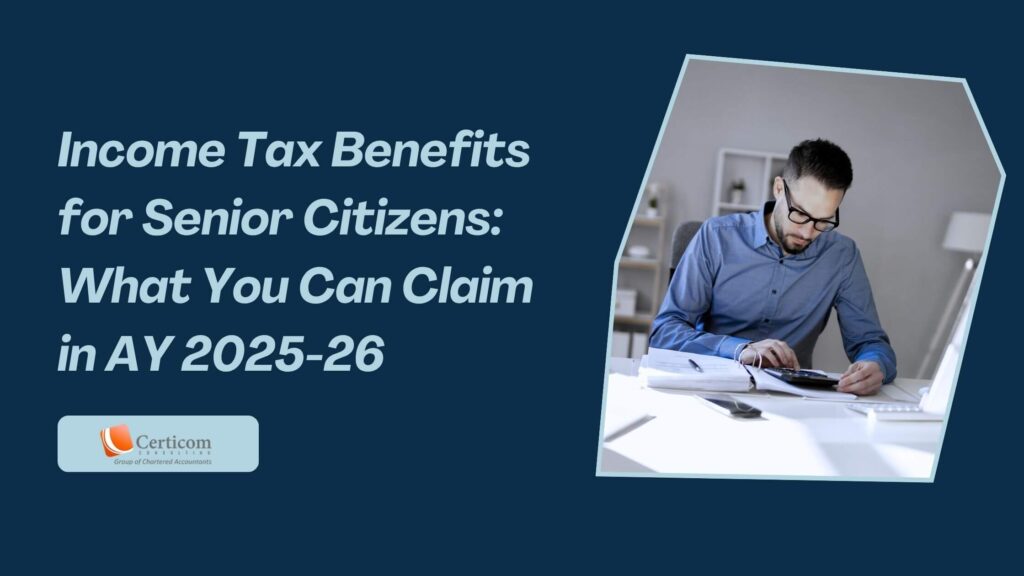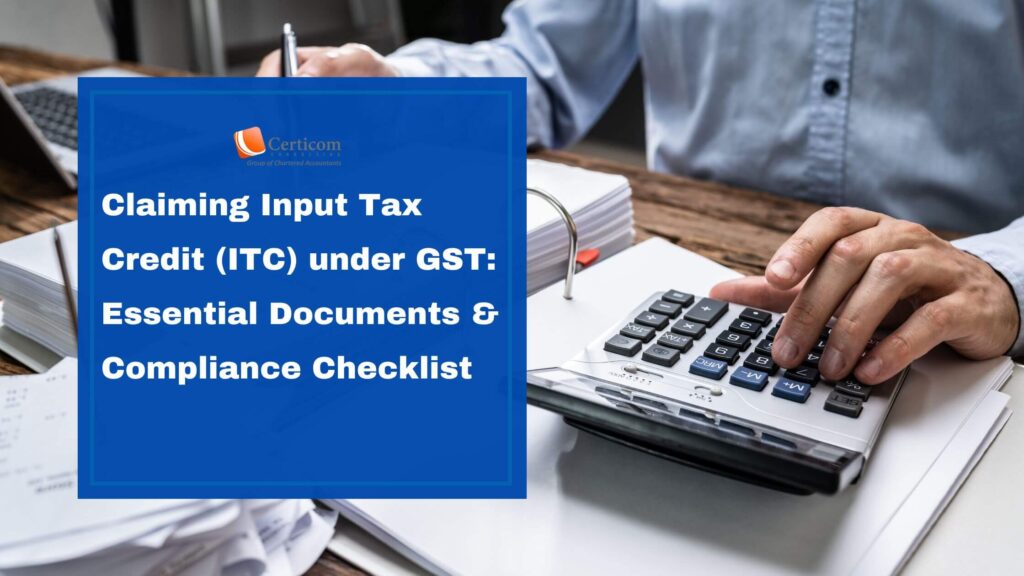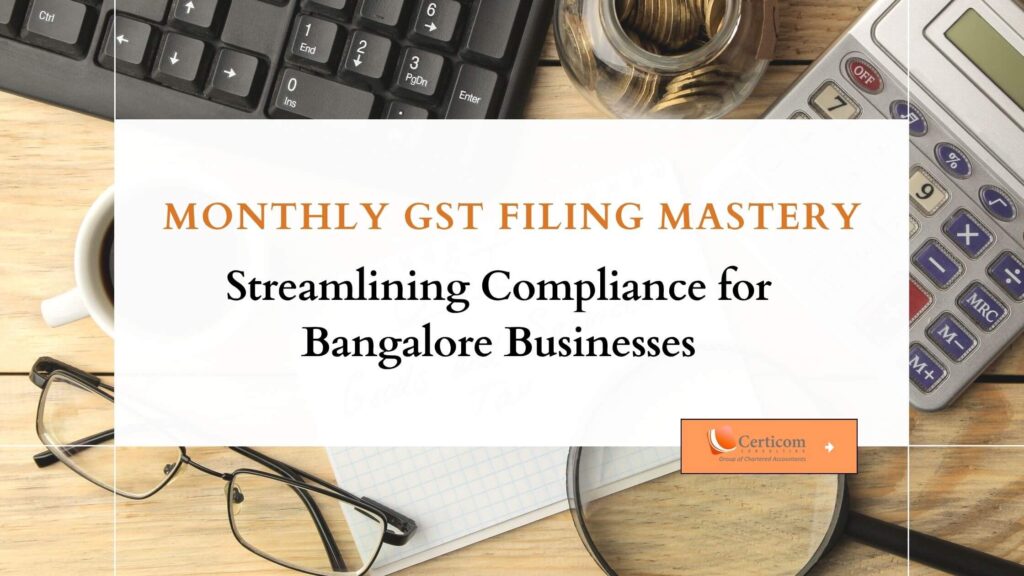Why It's Beneficial to Delay Filing Your Income Tax Return
About 23,000 taxpayers filed their income tax returns (ITRs) for AY 2024-25 (FY 2023-24) within the initial three days. This followed the Income-tax Department’s new initiative of opening return filing utilities on its portal from April 1, 2024, the first day of the assessment year.

Approximately 23,000 taxpayers submitted their income tax returns (ITRs) within the first three days of Assessment Year (AY) 2024-25 (Financial Year 2023-24) after the Income-tax Department launched return filing utilities on its portal from April 1, 2024, marking the first day of the assessment year.
In contrast, the previous year’s return filing process was delayed, with filing functionalities becoming available on the IT portal only in May. Salaried individuals (ITR-1) and individuals, HUFs, and partnership firms with income from business or profession (ITR-4) could start filing from May 20, 2023. The utility for individuals and HUFs with income other than business or profession (ITR-2) was accessible from May 30, 2023.
Current Eligibility and Locations for Filing Income Tax Returns
The Income Tax Department, operating under the Central Board of Direct Taxes (CBDT), has activated the filing features for popular categories including ITR-1, ITR-2, and ITR-4. Taxpayers can now submit their returns online at https://eportal.incometax.gov.in/iec/foservices/#/login

The Income Tax Department announced on Thursday (April 4) that the e-filing portal now supports filing functionalities for commonly used ITR forms – ITR-1, ITR-2, and ITR-4 starting from April 1, 2024. Additionally, companies can file their returns using ITR-6 from the same date. The statement mentioned that the ability to file ITRs using forms 3, 5, and 7 will be rolled out soon.
According to the Department, this marks the first instance in recent years where taxpayers have the opportunity to file their returns on the initial day of the new financial year. The Department also stated that this advancement represents another significant stride towards enhancing compliance convenience and providing seamless taxpayer services.
Is It Necessary to File My Income Tax Returns Right Away?
Based on tax department data, as of April 3, a total of 22,599 returns have been filed for Assessment Year (AY) 2024-25. Among these, 20,868 returns for AY 2024-25 have been verified, and 2,907 verified ITRs have been processed.
Nevertheless, tax professionals have highlighted that the Annual Information Statement (AIS) and Form 26AS are not refreshed until March 31, 2024, the closing day of the previous financial year. They recommended that taxpayers wait for the AIS and Form 26AS to be updated before completing their tax returns to prevent potential discrepancies in filings at a later stage.
Understanding the Significance of AIS and Form 26AS in Income Tax Filing
The Annual Information Statement (AIS) is a comprehensive summary of a taxpayer’s financial transactions, encapsulated in Form 26AS. This form includes crucial details such as Tax Deducted or Collected at Source (TDS/TCS), as well as information on interest, dividends, and transactions related to the stock market and mutual funds.
During the income tax filing process, taxpayers can access the detailed summary provided by the AIS and Form 26AS. They have the option to either confirm the accuracy of the information or report any discrepancies encountered.

Why Has This Information Been Delayed?
Due to the nature of AIS, which captures financial transaction details from reporting entities like banks and financial institutions, the information becomes accessible only after updates are received from these entities.
Likewise, Form 26AS undergoes updates following the processing of TDS returns by the income tax department.
Given that the deadline for filing TDS returns for the January-March quarter is May 31, the updated information becomes available only in the initial week of June. Consequently, experts caution that filing returns without verifying AIS/Form 26AS could lead to errors and potentially result in notices due to incorrect income reporting.
Related Post
Claiming Input Tax Credit (ITC) under GST: Essential Documents and Compliance Checklist
Monthly GST Filing Mastery: Streamlining Compliance for Bangalore Businesses
Book A One To One Consultation Now For FREE
How can we help? *




